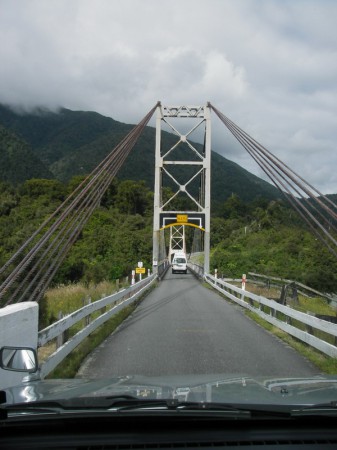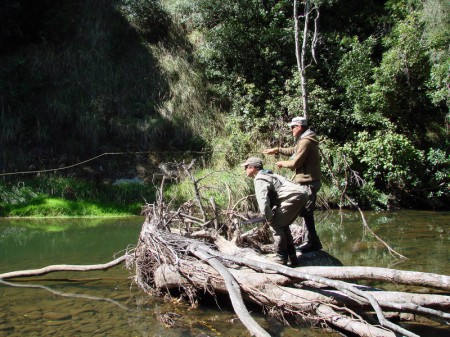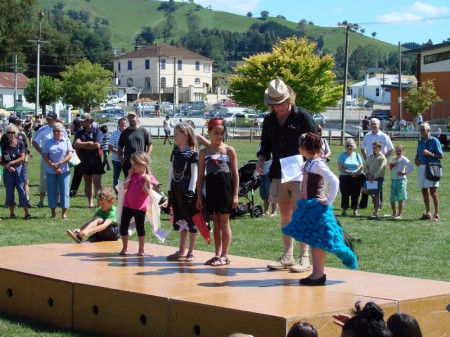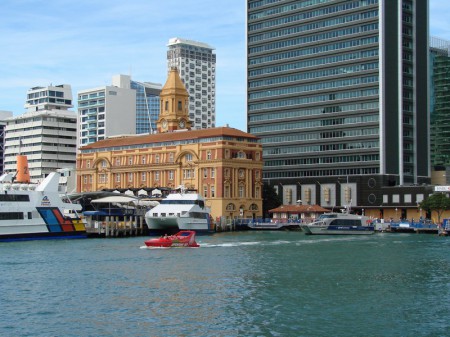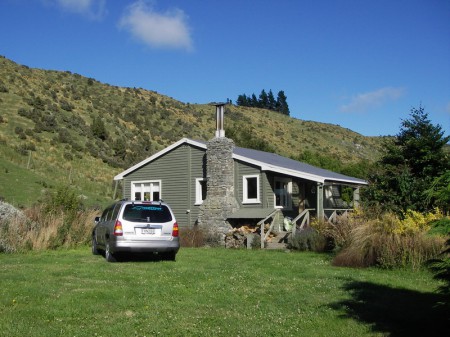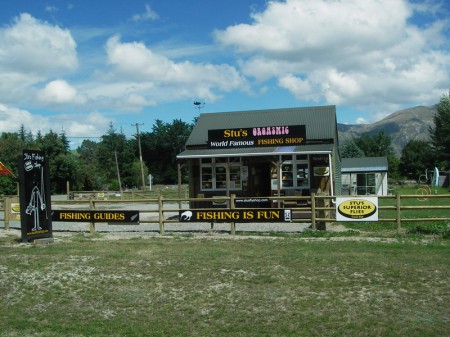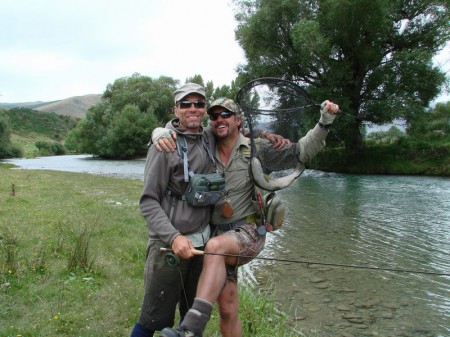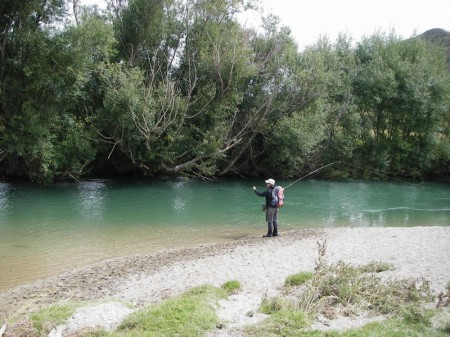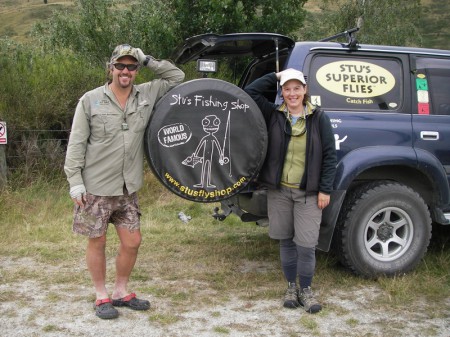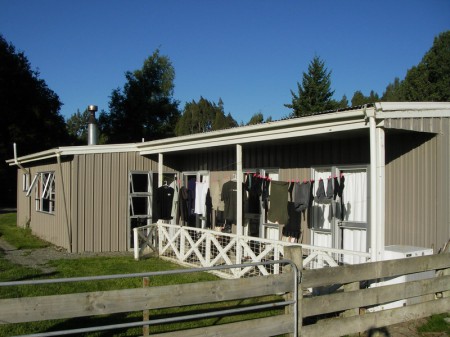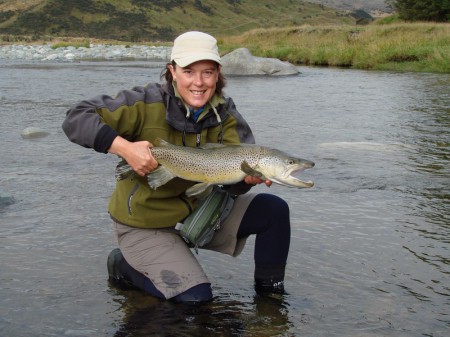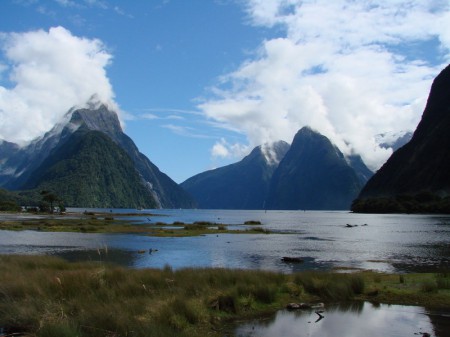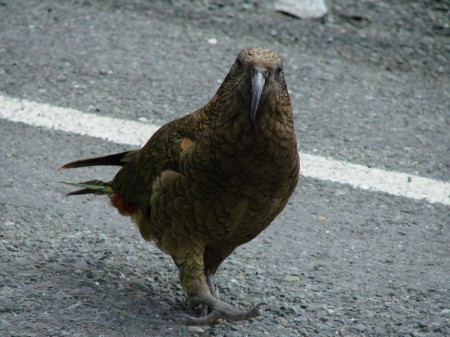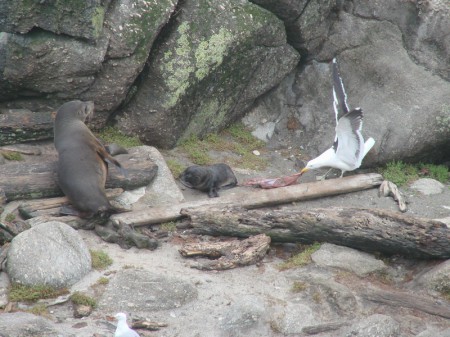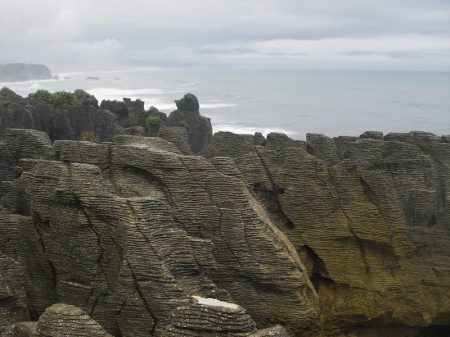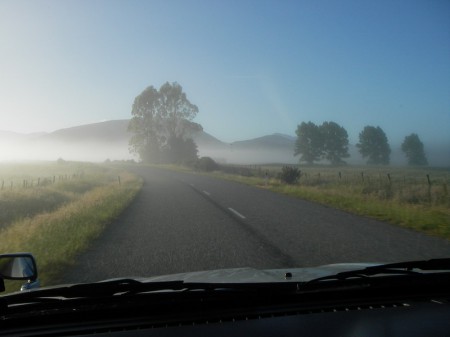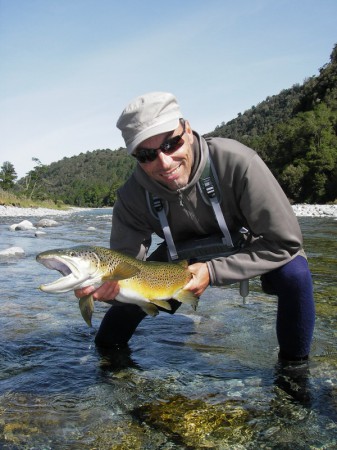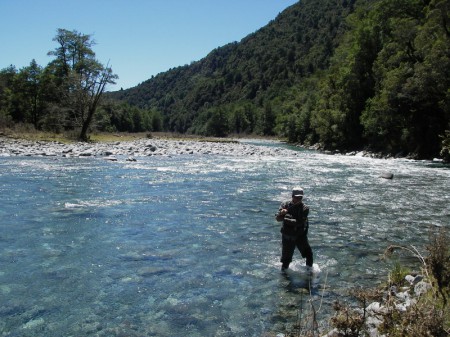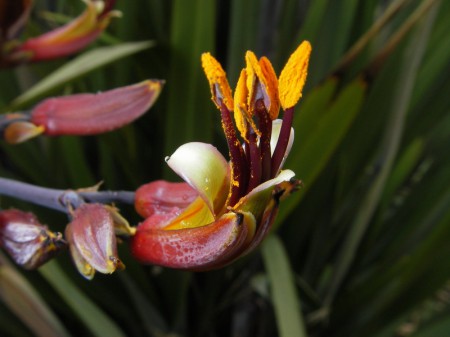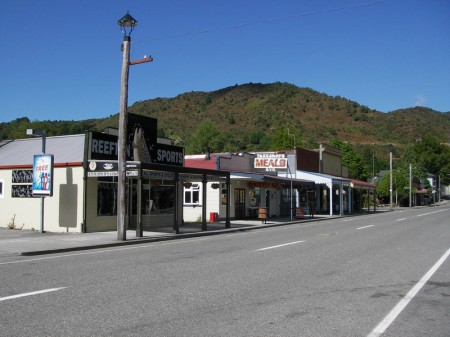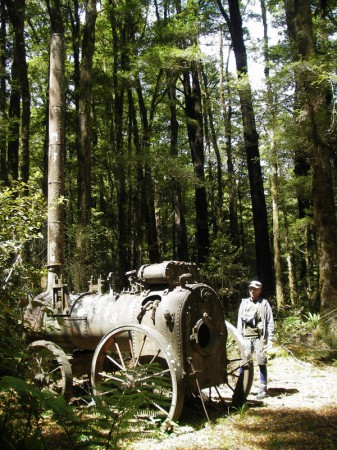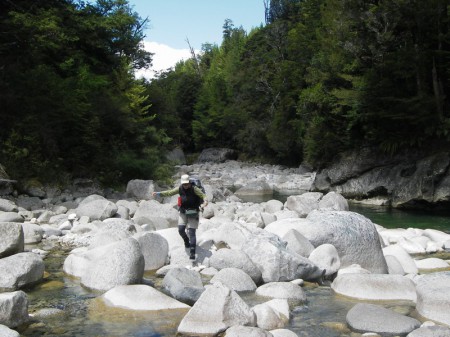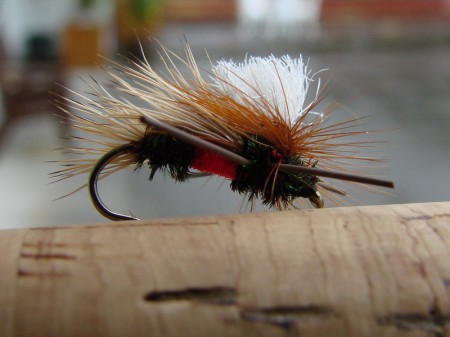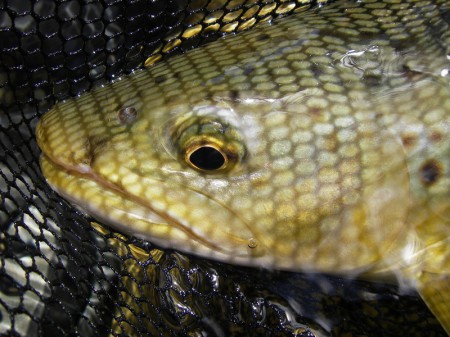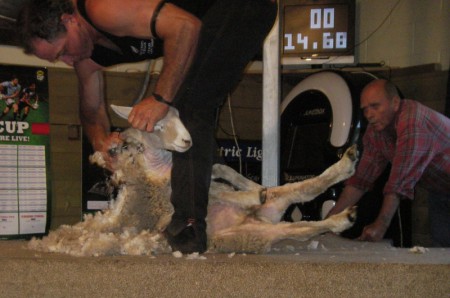Still going strong
It has been a long time without any news; we sincerely apologize to everyone and promise to do better. So, let’s get cracking, we have some catching up to do.
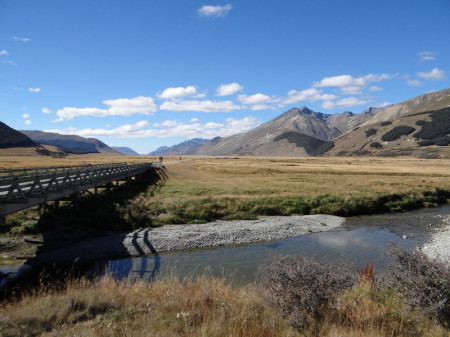
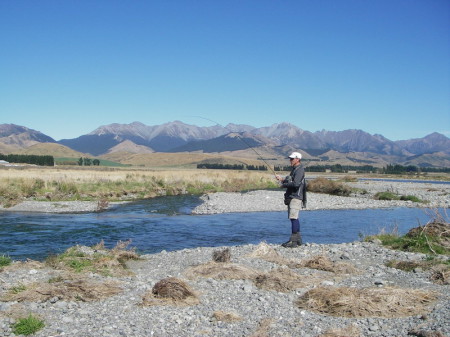
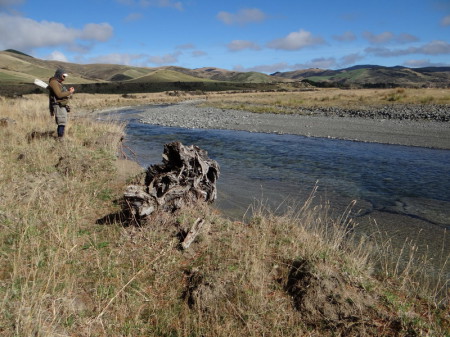 Previous memorable stays and the love for the far south of New Zealand made us want to go back to Te Anau again. And once more we stayed in the shearer’s quarter on Mt Prospect Station, about 25km out of town. We had been looking forward to catching up with our hosts, Rachel and Grant and their 10 year old daughter Ellie for quite a while. Being with them always makes for an interesting time and we take part in the daily station life. Rachel and Grant had an exchange student, a young woman from Thailand, living with them for a year.
Previous memorable stays and the love for the far south of New Zealand made us want to go back to Te Anau again. And once more we stayed in the shearer’s quarter on Mt Prospect Station, about 25km out of town. We had been looking forward to catching up with our hosts, Rachel and Grant and their 10 year old daughter Ellie for quite a while. Being with them always makes for an interesting time and we take part in the daily station life. Rachel and Grant had an exchange student, a young woman from Thailand, living with them for a year. 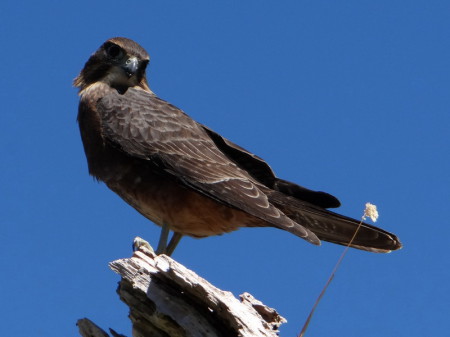 To our surprise, Luksanaree, the 17 year old student, fell in love with the area and everything else. We expected her to be homesick, being on her own, surrounded by a very different culture, unfamiliar food and a much cooler climate. While we stayed there, Luksanaree had just 6 more weeks to go and was very unhappy that her time in New Zealand had come to an end already.
To our surprise, Luksanaree, the 17 year old student, fell in love with the area and everything else. We expected her to be homesick, being on her own, surrounded by a very different culture, unfamiliar food and a much cooler climate. While we stayed there, Luksanaree had just 6 more weeks to go and was very unhappy that her time in New Zealand had come to an end already.
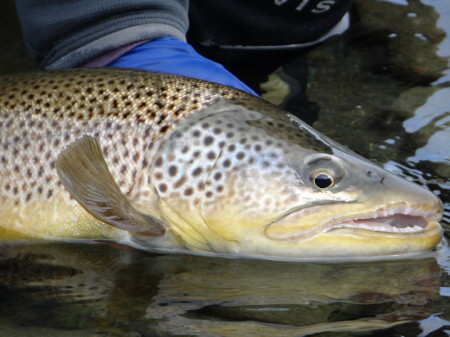 Even around Te Anau, usually blessed with a very high annual rain fall, the summer 2012/2013 was exceptionally dry and many rivers were running dangerously low. The fishing proofed to be very good though and we explored a lot of new waters. The weather was good and reasonably warm most of the time, although in early March, we had the odd frosty night already. Big dry fly patterns were still working a treat apart from a few occasions, when fish were being very particular and refusing to eat anything but very small flies. After 3 weeks in Te Anau, we travelled just 60km to the East and stayed in Mossburn for another 9 weeks.
Even around Te Anau, usually blessed with a very high annual rain fall, the summer 2012/2013 was exceptionally dry and many rivers were running dangerously low. The fishing proofed to be very good though and we explored a lot of new waters. The weather was good and reasonably warm most of the time, although in early March, we had the odd frosty night already. Big dry fly patterns were still working a treat apart from a few occasions, when fish were being very particular and refusing to eat anything but very small flies. After 3 weeks in Te Anau, we travelled just 60km to the East and stayed in Mossburn for another 9 weeks.
 Initially, our plan was to be in Mossburn for only 3 weeks, but the abundance of rivers on offer close by made us stay till the beginning of May. In the second half of March, it got a lot cooler and the fishing changed remarkably. We still used mainly dry flies, but more and more often the fish would refuse any pattern that did not match the naturals available on that particular day. Especially in the afternoon of overcast days, we experienced prolific mayfly hatches on the Mataura and the Aparima rivers. It took us a while to get it right, but in the end, #16 and 18 Dad’s Favorite, Adam’s and similar patterns did the trick.
Initially, our plan was to be in Mossburn for only 3 weeks, but the abundance of rivers on offer close by made us stay till the beginning of May. In the second half of March, it got a lot cooler and the fishing changed remarkably. We still used mainly dry flies, but more and more often the fish would refuse any pattern that did not match the naturals available on that particular day. Especially in the afternoon of overcast days, we experienced prolific mayfly hatches on the Mataura and the Aparima rivers. It took us a while to get it right, but in the end, #16 and 18 Dad’s Favorite, Adam’s and similar patterns did the trick.
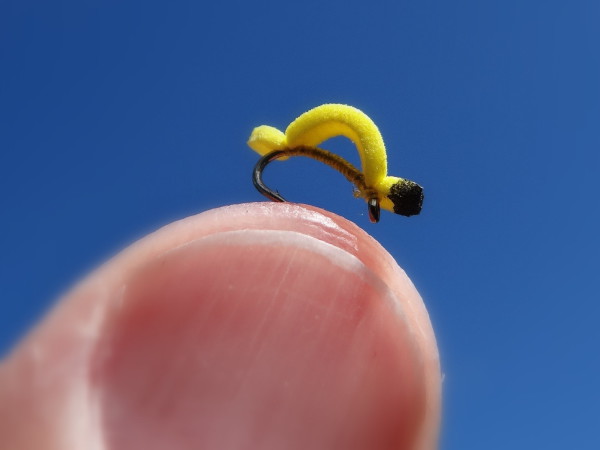 For several weeks until about mid of April, the fish – mostly brown trout – were at times voraciously feeding on willow grubs in the heavily willow lined parts of the upper Mataura. Big fish could be seen cruising in the long slow glides, gorging themselves on those tiny morsels and ignoring all our offerings. It was amazing to witness how far from its spot a trout would move to get a grub, its eyesight obviously excellent indeed. We only started catching fish on a regular basis again, after we had bought a couple of foam willow grub imitations from Stu’s fly shop in Athol.
For several weeks until about mid of April, the fish – mostly brown trout – were at times voraciously feeding on willow grubs in the heavily willow lined parts of the upper Mataura. Big fish could be seen cruising in the long slow glides, gorging themselves on those tiny morsels and ignoring all our offerings. It was amazing to witness how far from its spot a trout would move to get a grub, its eyesight obviously excellent indeed. We only started catching fish on a regular basis again, after we had bought a couple of foam willow grub imitations from Stu’s fly shop in Athol.
These very small flies float in the surface film, are incredibly hard to see and we missed many takes. We loved the challenging fishing though and had a great time.
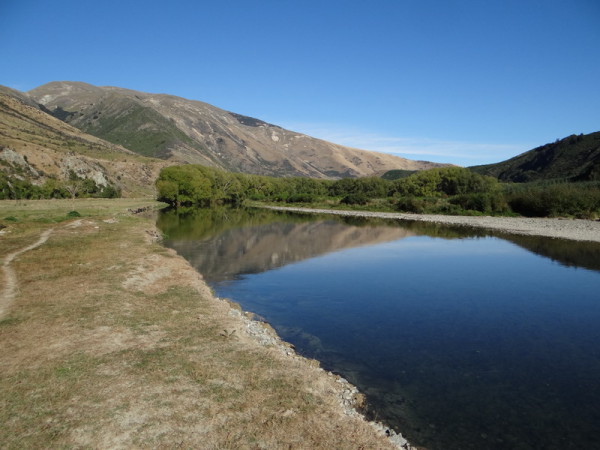
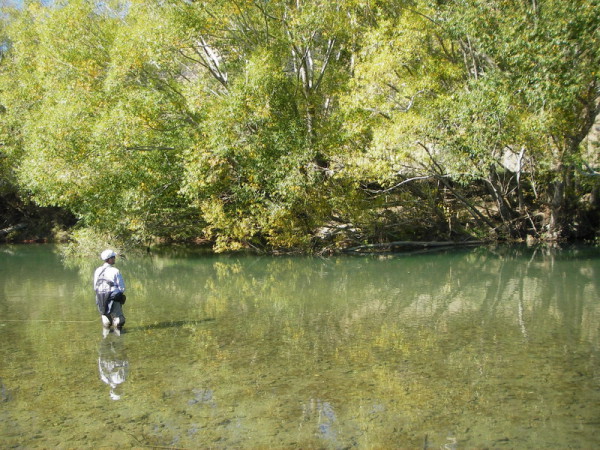
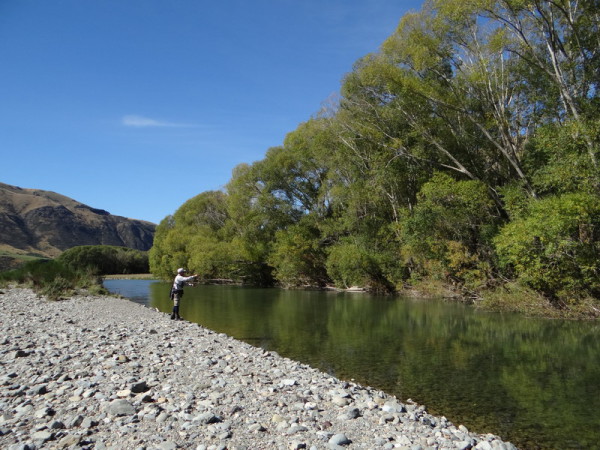 April was much colder than March with many frosty nights and cold, clear days. The poplar and willow leaves turned a striking yellow and started to fall of the trees. We loved the little cottage we stayed in very much and had the open fireplace running every night.
April was much colder than March with many frosty nights and cold, clear days. The poplar and willow leaves turned a striking yellow and started to fall of the trees. We loved the little cottage we stayed in very much and had the open fireplace running every night.
The trout fishing season closed end of April and we finally left Mossburn at the beginning of May.
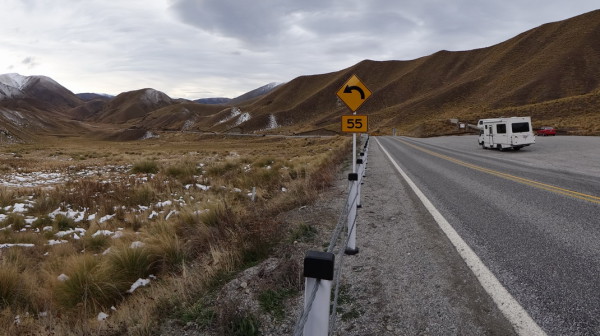 We drove back up north through Queenstown and Cromwell and over Lindis Pass into the Mackenzie Basin, Twizel becoming our base camp for the next 10 days. The mountains all around had just received a decent dusting of snow and looked amazing. The Mackenzie country – being very dry and showing a unique flora and fauna – has always been another favorite of ours. It has changed quite a bit since our last visit more than 10 years ago though and more and more huge irrigation systems are littering the landscape, dotting the otherwise brown and grey scenery with alien looking, indecent lush green freckles.
We drove back up north through Queenstown and Cromwell and over Lindis Pass into the Mackenzie Basin, Twizel becoming our base camp for the next 10 days. The mountains all around had just received a decent dusting of snow and looked amazing. The Mackenzie country – being very dry and showing a unique flora and fauna – has always been another favorite of ours. It has changed quite a bit since our last visit more than 10 years ago though and more and more huge irrigation systems are littering the landscape, dotting the otherwise brown and grey scenery with alien looking, indecent lush green freckles.
 After two weeks without fishing, we had our first spell of light withdrawal symptoms and decided to give it a go and fish the man made canals around Twizel. Not a pretty sight by any means, but home to brown and rainbow trout and also to salmon of gigantic proportions, the latter escapees from several salmon farms. Some of the fish grow very big indeed and every year trout and salmon over 20 lb get caught. Those monsters live under the salmon cages, feeding on the pellets that fall through the mesh. We did not get such a giant, but we managed to catch some good fish stalking the edges and casting to cruising brown trout. We also fished with lures and hooked many salmon. Despite the fact, that most of them had damaged tails due to having lived in a cage at some stage, they had beautiful orange flesh and tasted great.
After two weeks without fishing, we had our first spell of light withdrawal symptoms and decided to give it a go and fish the man made canals around Twizel. Not a pretty sight by any means, but home to brown and rainbow trout and also to salmon of gigantic proportions, the latter escapees from several salmon farms. Some of the fish grow very big indeed and every year trout and salmon over 20 lb get caught. Those monsters live under the salmon cages, feeding on the pellets that fall through the mesh. We did not get such a giant, but we managed to catch some good fish stalking the edges and casting to cruising brown trout. We also fished with lures and hooked many salmon. Despite the fact, that most of them had damaged tails due to having lived in a cage at some stage, they had beautiful orange flesh and tasted great.
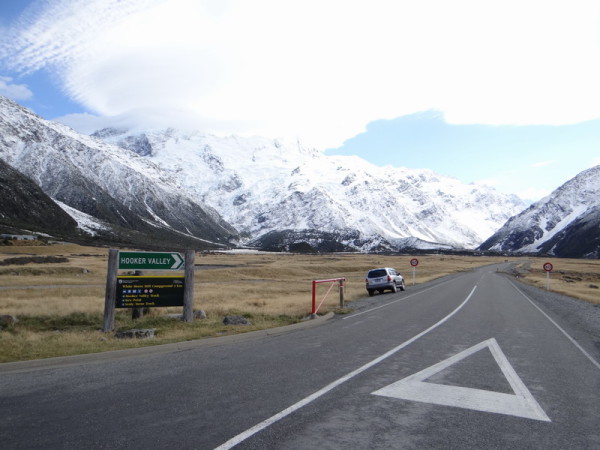
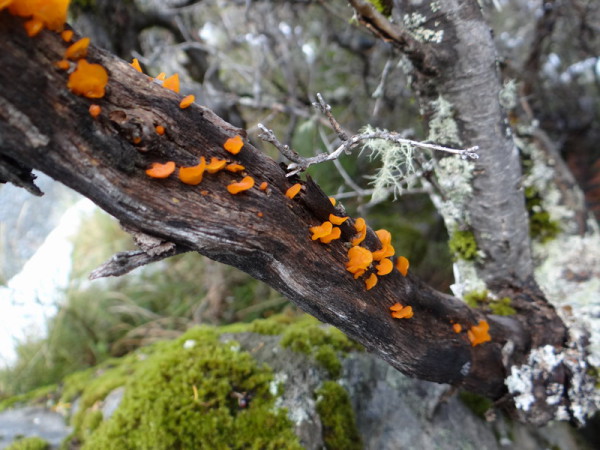
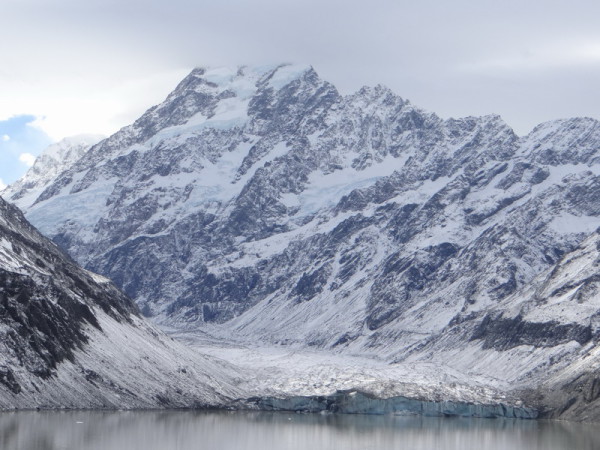 Several months without being in a major city had us looking forward to visiting a museum or an art gallery and may be go to the movies. This and the need for a computer technician made us choose Christchurch as our next destination. We have been to the largest city on the South Island several times before, but this was going to be our first visit after the big earthquake more than two years ago. 185 people died when the magnitude 6.3 earthquake hit on Tuesday, the 22nd of February 2011 at 12:51pm. More than 10’000 homes became uninhabitable and by April 2013, the total estimated costs of damage had reached NZ$ 40 billion.
Several months without being in a major city had us looking forward to visiting a museum or an art gallery and may be go to the movies. This and the need for a computer technician made us choose Christchurch as our next destination. We have been to the largest city on the South Island several times before, but this was going to be our first visit after the big earthquake more than two years ago. 185 people died when the magnitude 6.3 earthquake hit on Tuesday, the 22nd of February 2011 at 12:51pm. More than 10’000 homes became uninhabitable and by April 2013, the total estimated costs of damage had reached NZ$ 40 billion.
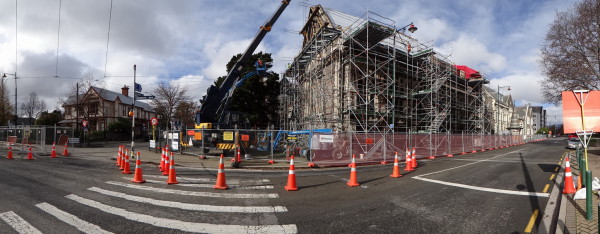
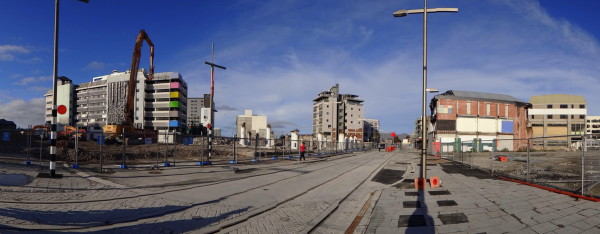 We had watched the news at the time and saw the devastation caused by the disaster, but seeing the city ourselves two years later, the damage seemed even worse. Just after the quake, many buildings were still standing. Now, with most of the unsafe and damaged structures removed, the Christchurch CBD looked very deserted and alien indeed. And there were still more buildings to come down. Although a lot of machinery was on site, no new buildings had been erected yet. Many of the streets were closed and we walked a lot instead of taking the car.
We had watched the news at the time and saw the devastation caused by the disaster, but seeing the city ourselves two years later, the damage seemed even worse. Just after the quake, many buildings were still standing. Now, with most of the unsafe and damaged structures removed, the Christchurch CBD looked very deserted and alien indeed. And there were still more buildings to come down. Although a lot of machinery was on site, no new buildings had been erected yet. Many of the streets were closed and we walked a lot instead of taking the car. 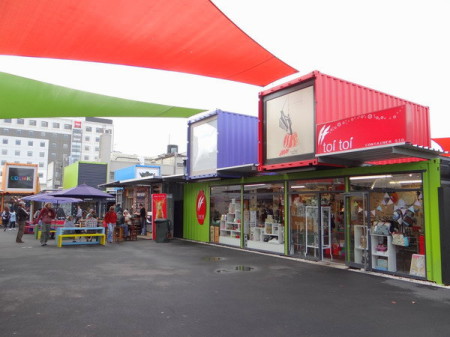 On previous trips, we loved to visit the arts centre, housed in the old university and the Saturday arts and crafts market. But this time, a huge fenced off building site was all we came across. The stone buildings of the old university have been severely damaged, but they will all be repaired and rebuilt within the next two years.
On previous trips, we loved to visit the arts centre, housed in the old university and the Saturday arts and crafts market. But this time, a huge fenced off building site was all we came across. The stone buildings of the old university have been severely damaged, but they will all be repaired and rebuilt within the next two years.
With our hunger for culture satisfied, we left Christchurch and travelled west to Reefton, where we stayed a couple of days and then on to Motueka in Tasman Bay, just west of Nelson. It was raining cats and dogs while we were driving to Motueka and we had to take a detour, because some of the roads in the Tasman District were closed due to flooding and landslides. The weather improved during our stay though and we had a great time catching up with our friends, doing some great walks and a bit of sightseeing as well.
